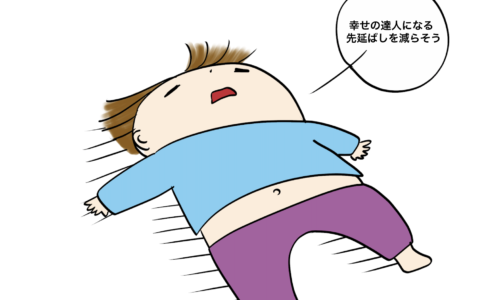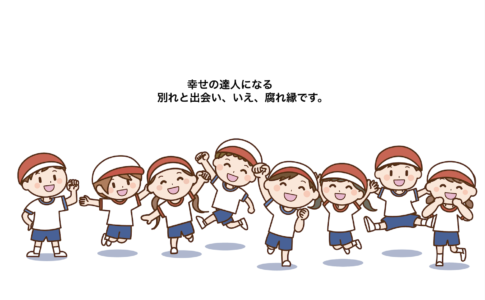昨日のブログ記事で、禅の教えでは、自己や、理屈、言葉を出来るだけ捨てて、心を軽くすることがマインドフルネスにつながると言う話をさせていただきました。
これを、脳科学的に説明すると、左脳の動きを出来るだけ抑えて、右脳の動きを活発化することが、マインドフルネスには重要だということになります。
右脳は、その機能として感覚的、直感的であるのに対して、左脳は論理的、思考的であると言われています。自分の注意や焦点が左脳に偏ると、ストレスが溜まったり、否定的になりやすく、逆に右脳が使われていると心にノイズがなく、平穏な状態でいられる、つまりマインドフルにつながるということが言えそうです。
メディテーションなどは、まさに思考することをできるだけ止めることで(左脳を使わないようにする)、心を浄化したり、休める効果がありますが、忙しい1日の中で、5分でも、10分でもいいので何もしない時間を作ることでも、メディテーションと同様な効果が期待できるのではないでしょうか。
(English)
In yesterday’s blog post, I mentioned that in Zen teachings, mindfulness can be achieved by lightening the mind, discarding self, logic, and words as much as possible.
To explain this in terms of brain science, it is important to suppress the movement of the left brain as much as possible and activate the movement of the right brain for mindfulness.
It is said that the right brain is sensory and intuitive in its function, while the left brain is logical and thoughtful.
When one’s attention and focus is biased towards the left brain, it is easy to become stressed and negative. On the other hand, when the right brain is being used, there is no noise in the mind and one can be at peace, which leads to mindfulness.
Meditation has the effect of purifying and resting the mind by stopping thinking as much as possible (so as not to use the left brain). However, even if you make time in your busy day to do nothing for five or ten minutes, you can expect the same effect as meditation.
















コメントを残す